Getting out to grass!
- Spring grazing plans
- Changes for silage ground this year to improve quality
- Slurry & fertiliser plans for the spring
With calving well underway on the farm, Ger McSweeney’s attention is moving towards turnout on the farm. He plans to turn out maiden heifers to grass in the first week in February if weather allows, and these will be followed by calved cows and calves. He aims to graze all paddocks once by 17th April, which is also known as the first rotation. This will be achieved by grazing 30% by mid-March, 60% by early April and 100% by 17th April, and can be monitored on PastureBase. The benefits of following this spring rotation plan for Ger are to;
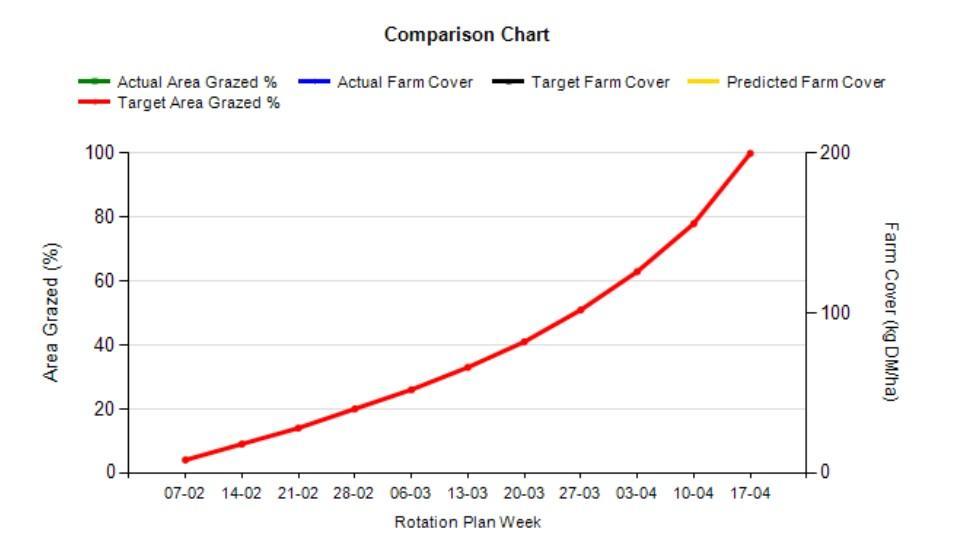
Figure 1: Spring rotation plan targets can be tracked on PBI
According to AgNav, every extra week at grass reduces Ger’s carbon footprint by 1.9%. He will graze drier paddocks first at less than 800 kg DM/ha and if weather allows will move to wetter paddocks and/or heavier covers. The paddocks will receive 23 units/acre of protected urea in late February when ground temperatures are over 5oC and weather conditions are suitable. They will receive a further 23 units of protected urea per acre in mid-March.
If the weather gets very wet or cold, Ger has no issue re-housing his weanlings and is keen to emphasise the importance of having a plan B when grazing early and being flexible.
The silage ground on the out block was grazed tightly in November and Ger dos not plan to graze it this spring so that it can be cut in early to mid-May to improve silage quality. There is a cover of 500-600 kg DM/ha and traditionally it wasn’t grazed until mid to late March, which has delayed silage cutting. This year it will receive 2500 gallons of slurry per acre, along with 1 bag of 0-7-30 per acre and 2 bags of protected urea (38% N) with sulphur. This will provide 94 units of nitrogen, 19.5 units of phosphorus, 105 units of potassium and 14 units of sulphur to the first cut silage.
Slurry will be spread little and often from id February on the rented ground. It will also be spread on grazing ground after cattle have grazed it.
Ger’s tasks for the week are to:
Ger decided to split the weanling heifers after housing this year. They are separated based on weight, as he found that last year while the heavier heifers did well, the lighter heifers struggled more in the bigger group. It was as simple as closing a gate between two sides of the same shed and he is happy with how they have performed this winter. The lighter heifers are eating 2kg of a 16% crude protein ration and the heavier heifers are eating 0.5 to 1kg of a 1^% crude protein ration. Both groups are being fed the 68% DMD silage. After housing they were fed between 2 to 2.5kg of ration to front load the feed, and Ger has reduced this gradually as it comes closer to turnout at grass for them.
The 23 weanling bulls are also separated earlier this year and Ger has them in 4 different pens. The heavier bulls are being fed 7kg of a 16% crude protein ration, the next pen are on 5kg, and the two lighter pens are eating 4kg of a 16% crude protein ration, along with 68% DMD silage. The average birth date of the bulls is 16th February 2023 so Ger’s target is that they will be 500kg by 16th February 2024. They will soon be changing to a 12% crude protein ration as they enter the last stage of finishing. It is important that the feeding levels are increased gradually as they move towards an ad lib diet, to avoid any stomach upsets. It is recommended to increase feeding levels by 0.5kg every 3 days (1kg per week) during the build up to ad lib feeding.
The under 16 month bulls (23) were weighed on 5th January. They averaged 472kg, ranging from 342kg (a bought in bull calf) to 582kg, after gaining 1.3kg/day since 17th November. Their target is to reach 500kg live weight at 12 months of age and they are on track to do so. While the average weight gain from birth is similar to the 200 bulls at 1.3 kg/day, the weight gains have not have fluctuated as much as 2022, despite the wet summer in 2023. The group’s average daily gain ranged from 0.99kg/day to 1.54kg/day between 17th August and 21st November 2022. However this year the group average only ranged from 1.05 to 1.17 kg/day between 22nd August and 17th November.

Figure 2: Performance of 2023 bulls since birth
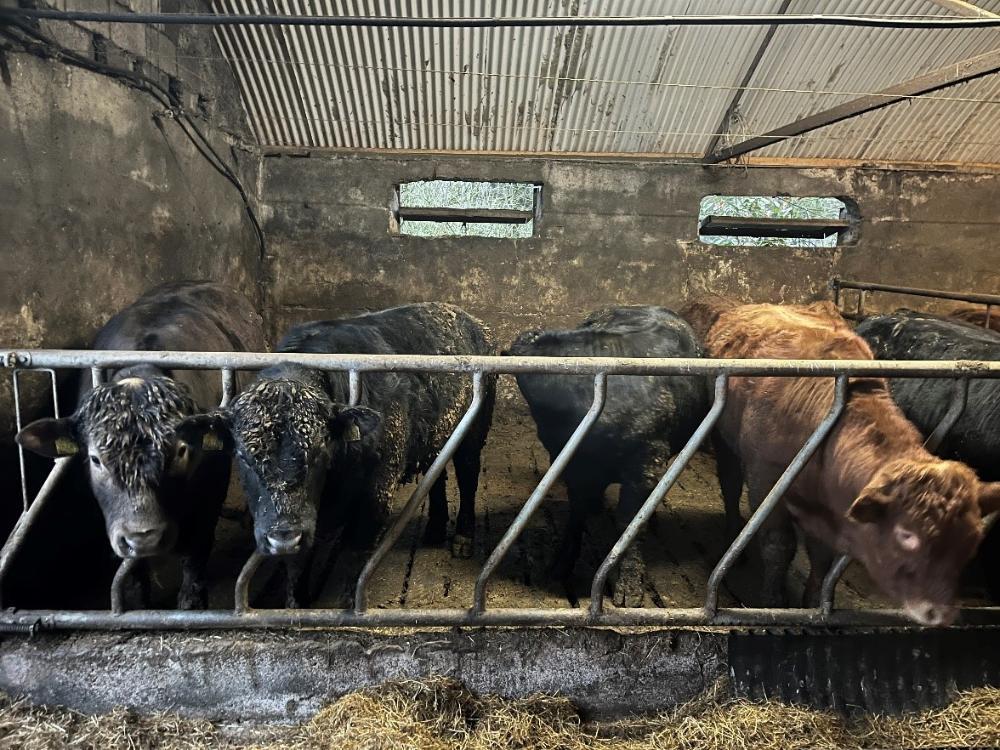
Figure 3: The heaviest pen of bulls
Ger added in new water troughs to the bull pens at the end of 2023 to give them better access to drinking water. The new troughs are bigger than the previous ones, and also give the bulls more feed space as at least two larger troughs were kept along the feed passage traditionally. The troughs are also very easy to keep clean and can be tipped over into the slatted tank daily without having to access the pen.
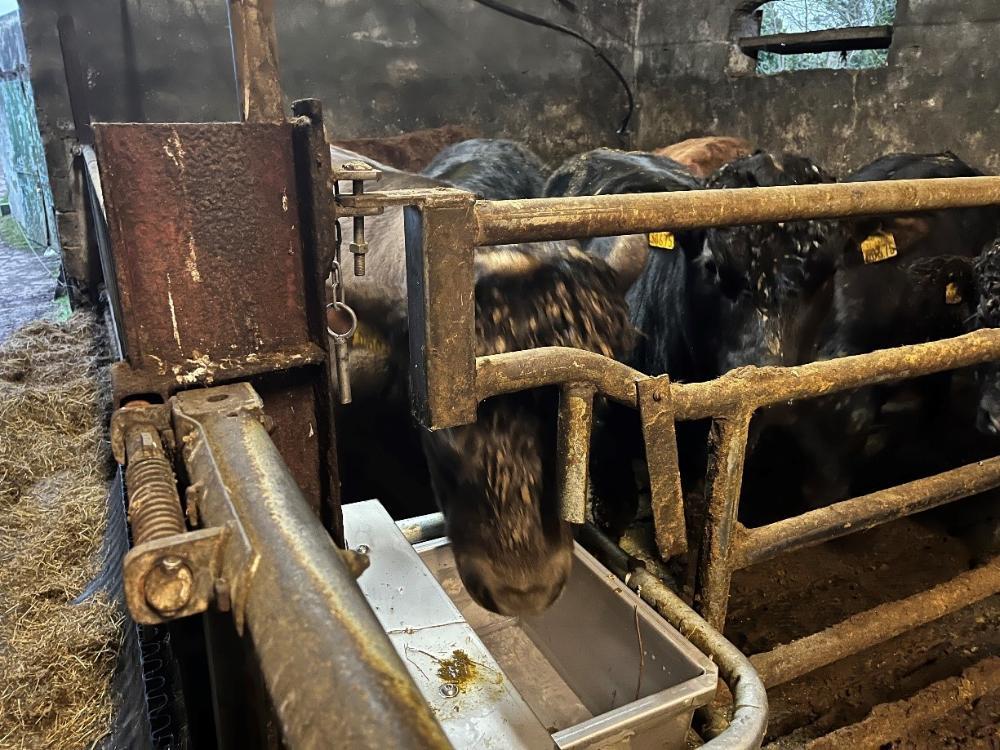
Figure 4: New water troughs installed in the bull shed
The 2023 heifers (17) are also much more consistent with their weight gains this year. They averaged 395kg on 5th January and the individual weights ranged from 324kg to 465kg. They have gained 0.62kg/day since 6th November, which is right on target over the winter.

Figure 5: 2023 heifer performance since birth
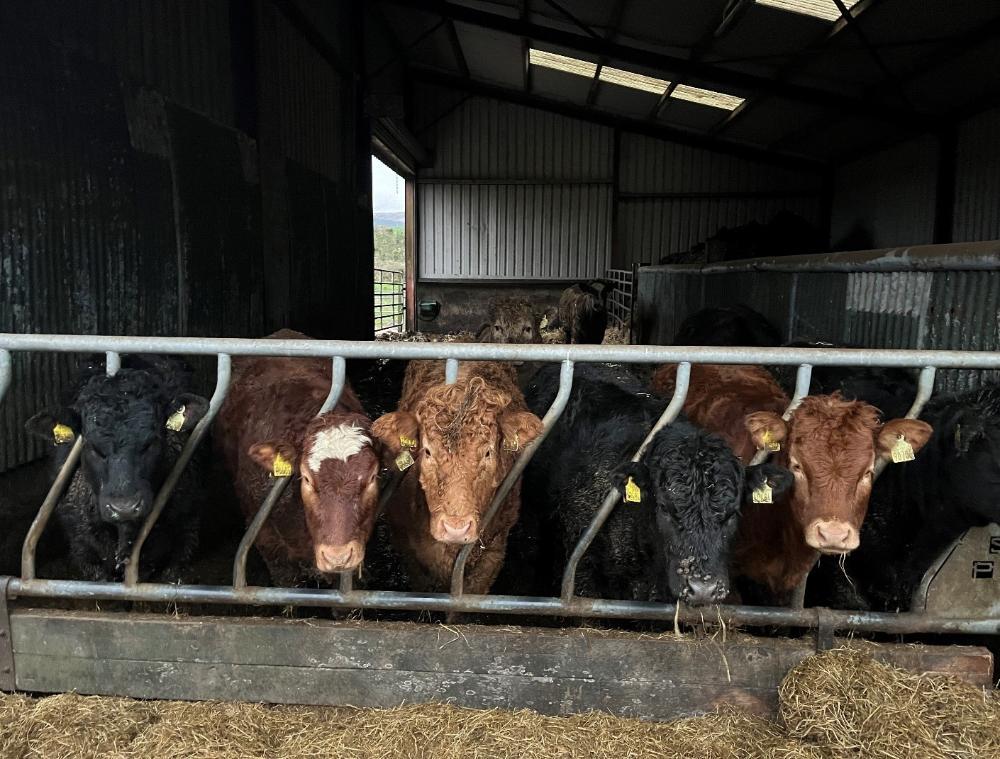
Figure 6: 2023 born heifers
Ger has a white board outside of the shed which he uses to keep track of the heifers’ sires, Eurostar index, milk figure, daughter calving interval figure and weight. This has allowed him to pre-select his breeding heifers already.
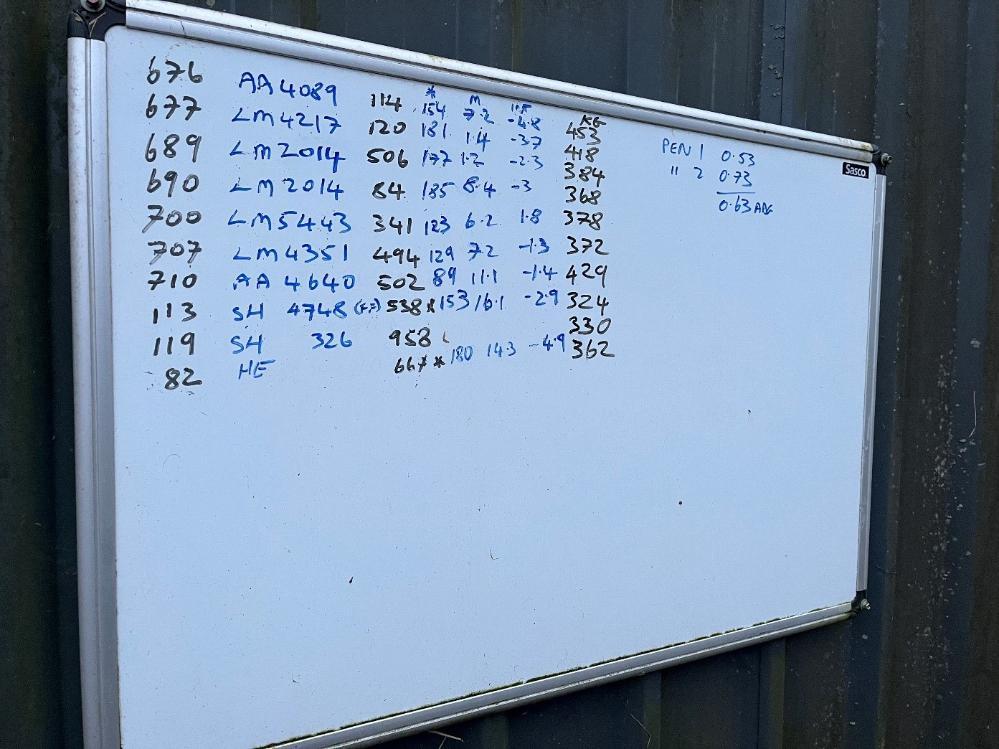
Figure 7: Board recording heifer details is located just outside their shed